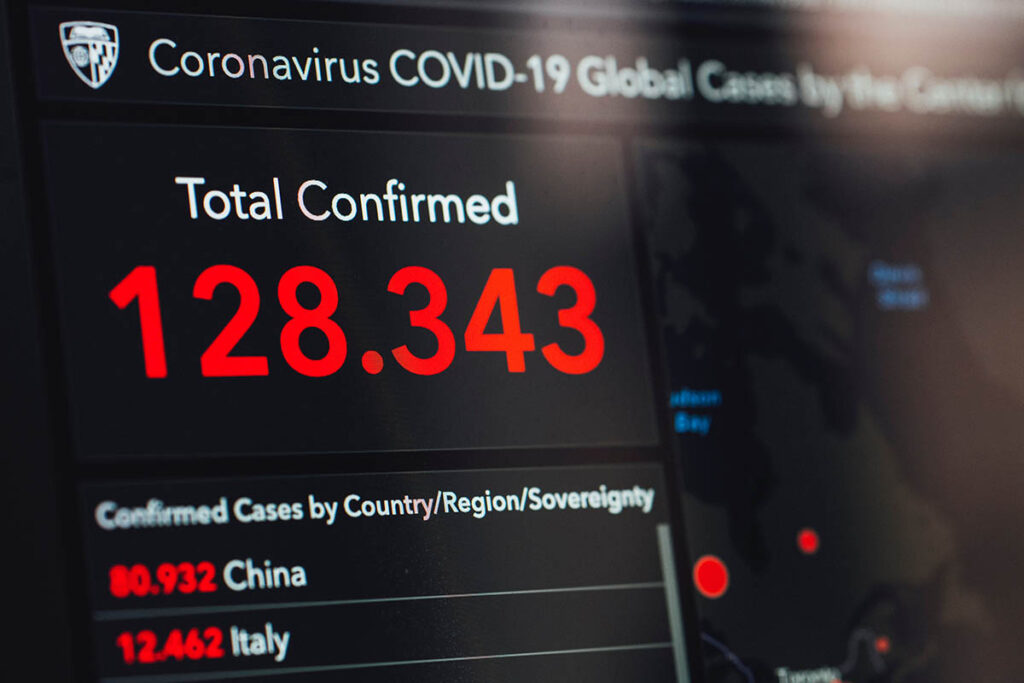One of the most vivid phenomena of the current pandemic is its growing denial. While most citizens stay (or have stayed) at home obeying the security measures imposed by their governments, in some countries voices of opposition to the restrictions have become increasingly audible, including those of some political leaders, businessmen and even some scientists.
They seem to find the pandemic far less dangerous than portrayed by the media and minimize the impact of COVID-19 infections on society.
Likewise, some groups of people are organizing and calling for a relaxation of security measures and even denying the existence of the pandemic.
Social networks worldwide are flooded with theories and more or less ridiculous opinions that argue that COVID-19 is not that dangerous, being sometimes compared to a simple flu, which even causes more deaths, they say.
Are these opinions even close to being true? The short version of the answer is: no.
The long version of the answer and the likely explanation for the rapid spread of these opinions lies in our brain and the way it has been biologically shaped over the course of our species' evolution.
The mistake that leads people to underestimate epidemiological growth when looking at the low starting numbers is the same that leads us to believe that if we exceed the speed limit by just 10 km/h, our car will stop just a few more meters ahead of what if we traveled within the limit. Will not.
Like many other biases inherently present in our brain, this is not an error, but a characteristic.
Its existence dates back to the evolutionary past of our species and results from problems that our brain learned to solve while we inhabited the African savannah. Most of the changes our brains have learned to predict are linear in time.
A moving animal follows a predictable trajectory and speed. It won't suddenly disappear (unless it falls into a hole), nor will it accelerate geometrically.
A thrown spear will follow a curvilinear trajectory that we can predict and will decelerate or deflect linearly.
Our ability to interpret numbers is associated with the brain structures responsible for interpreting these events. Linear changes are much more intuitive and frequent in the natural world we learn to interact with.
Still, events like a pandemic do not evolve in a linear fashion. The term “exponential curve” has been Googled more often since the first cases of COVID-19 outside China were reported.
This demonstrates how counterintuitive the rapid acceleration in a short time characteristic of exponential growth is.
It also demonstrates how essential it is to communicate the nature of these exponential phenomena to the population, showing everyone that a low number of cases does not mean a low risk.
This communication needs to take into account the way the human mind works: instead of showing numbers, exponential growth should be visualized in a way that makes it easier to understand why it would only take a few weeks for the entire country to be infected if preventive measures had not been taken.
The next wave of COVID-19 is probably a matter of time. It is absolutely crucial to prepare citizens and policy makers for this.
Authors: This text was written by Art Pilacinsky and translated into Portuguese by Daniel Ribeiro (Proaction Laboratory)
Science in the Regional Press – Ciência Viva


















Comments